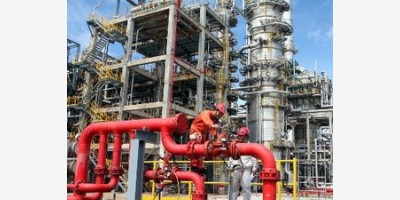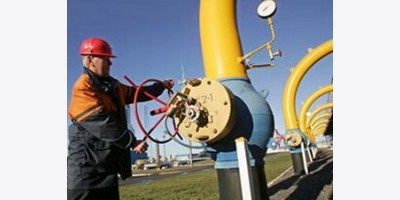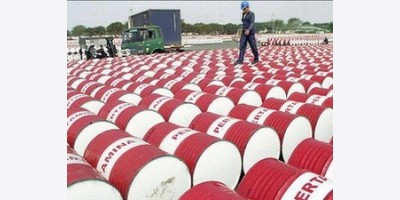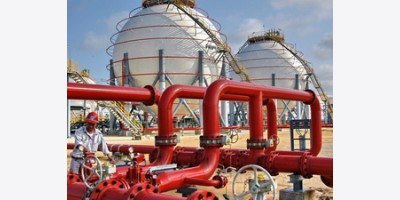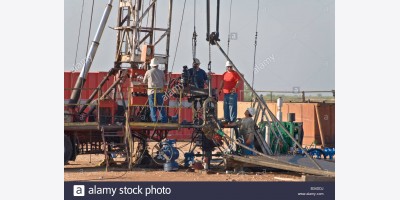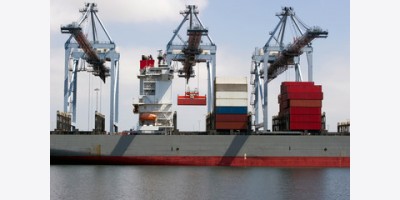(John Kemp is a Reuters market analyst. The views expressed are his own)
By John Kemp
LONDON Aug 20 (Reuters) - U.S. crude imports topped 8 million barrels per day (bpd) last week for only the second time this year, spurring an unexpected rise in stockpiles and sending U.S. oil prices down to a fresh post-crisis low.
The United States imported 56.3 million barrels of crude in the week ending Aug. 14, up from 53.0 million barrels the week before, according to the U.S. Energy Information Administration.
The difference is equivalent to the arrival of between one and two very large crude carriers (VLCCs), tankers that can carry up to 2 million barrels each (link.reuters.com/vas45w).
Higher imports largely accounted for the reported 2.6 million barrel increase in commercial crude stocks, though refinery processing also slipped as a result of problems at BP's Whiting refinery in Indiana.
Increased imports are not particularly surprising since refiners and traders currently have a strong incentive to maximise the amount of crude in storage (link.reuters.com/sas45w).
The contango in futures prices implies the market will pay around 75 cents per barrel per month to store oil in the United States between September and December.
At one point last week, the fourth-quarter contango was running at almost $1 per month, far above the cost of leasing tank space and financing the inventory.
Refining margins for turning crude into gasoline have softened in recent days but remain at some of the highest levels in the last decade.
Refiners can earn around $17 per barrel for converting every barrel of imported oil into gasoline, up from about $11 this time last year, before operating costs, depreciation and taxes.
There is an enormous incentive for refiners to stock up on relatively cheap crude, maximise sales of expensive gasoline, and hedge to lock in the generous refining margin.
And there is plenty of room at refineries and especially tank farms to load up in the next few months in response to market incentives.
U.S. commercial crude stocks stand at 456 million barrels. But according to the U.S. Energy Information Administration, there was space to store 659 million barrels at the end of March, or 541 million if tank bottoms are excluded.
In principle, U.S. stockpiles could rise by another 85 million barrels if the right financial incentives are in place before storage capacity runs out. In practice there are some operational constraints on filling every storage tank to maximum capacity.
But set against this, extra storage has probably been added since March, and current stocks include around 100 million barrels of pipeline fill and other oil in transit.
The basic point, however, is that there is room to hold tens of millions of barrels of extra crude currently lying empty or only partially filled.
As long as the financial incentives are right and storage space is available, it makes sense to fill it, which should result in more tankers arriving in the United States over the next few weeks and months and an increase in reported stockpiles over the fourth quarter.
Whether strong imports and stock builds are bearish is a matter of perspective.
In one sense imports and rising stocks are not really new information since they should have been anticipated because of the structure of crude and gasoline futures prices.
In another sense, they underscore how much surplus crude is around in the market.
The fact the futures market responded to a relatively small increase in stockpiles by pushing U.S. oil prices down by $1.70 per barrel in a few hours to a new post-2009 low underscores how bearish sentiment has become. (Editing by Susan Thomas)
Reuters











